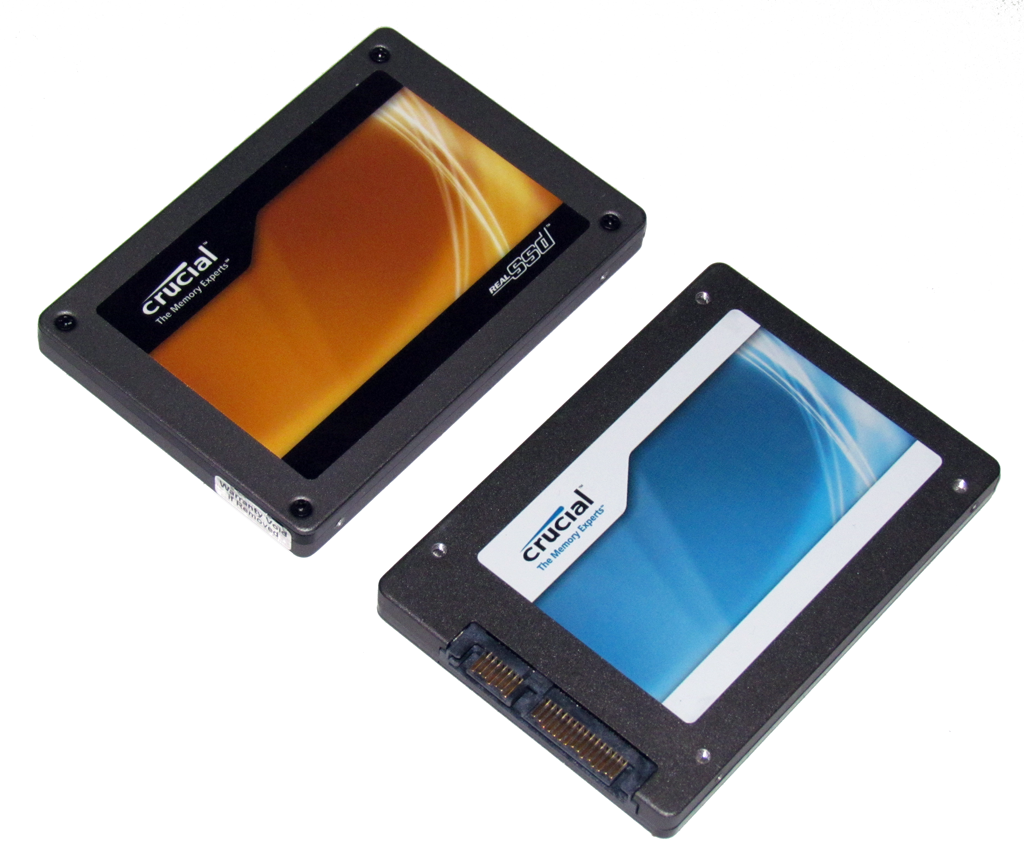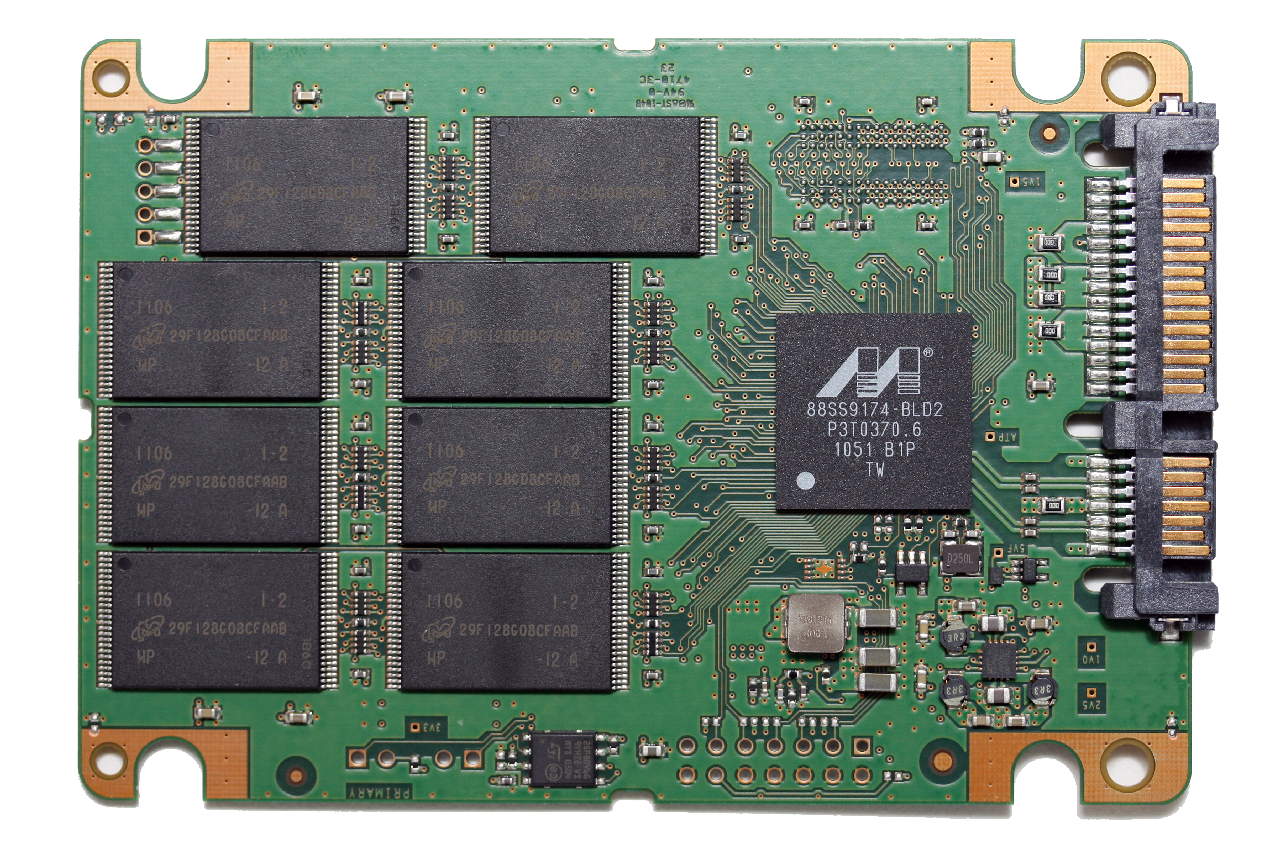Crucial m4 And Intel SSD 320: The Other SSD Competitors
Meet Crucial's m4, Micron's RealSSD C400
Crucial's m4: Not Old, Not New
Similar to the SSD 320-series, Crucial's newest drive is more of a refresh than a completely new product. These two product launches are really driven by the shift over to 25 nm NAND flash.
Beyond the rebranded name and memory, there isn't much difference between m4 and its predecessor (Crucial's RealSSD C300 review). The improved specs are primarily the result of the new 25 nm process. Sequential read performance sees a small bump up to 415 MB/s, while sequential write performance is now 260 MB/s. In comparison, random read performance has dropped to 40 000 IOPS, but random writes have increased to 50 000 IOPS.
| Header Cell - Column 0 | Crucial RealSSD C300 128 GB | Crucial RealSSD C300 256 GB | Crucial m4 128 GB | Crucial m4 256 GB |
|---|---|---|---|---|
| Sequential Read | Up to 355 MB/s | Up to 355 MB/s | Up to 415 MB/s | Up to 415 MB/s |
| Sequential Write | Up to 140 MB/s | Up to 215 MB/s | Up to 175 MB/s | Up to 260 MB/s |
| 4 KB Random Read | Up to 50 000 IOPS | Up to 60 000 IOPS | Up to 40 000 IOPS | Up to 40 000 IOPS |
| 4 KB Random Write | Up to 30 000 IOPS | Up to 45 000 IOPS | Up to 35 000 IOPS | Up to 50 000 IOPS |
| Cache | 256 MB | 256 MB | 256 MB | 256 MB |
| NAND Flash Components | 34 nm MLC, ONFI 2.1 | 34 nm MLC, ONFI 2.1 | 25 nm MLC, ONFI 2.2 | 25 nm MLC, ONFI 2.2 |
| Raw NAND | 128 GB | 256 GB | 128 GB | 256 GB |
| Interface | SATA 6Gb/s | SATA 6Gb/s | SATA 6Gb/s | SATA 6Gb/s |
Inside Crucial's m4
Micron tells us this is the same Marvell 8SS9174 controller seen in Crucial’s C300, with a slight revision for ONFI 2.2 compatibility. Architecturally, nothing has changed. Even though the labels suggest three different generations, this is more a matter of firmware.
At the controller's core, there are two ARM9 processors which operate in tandem; one handles host request and other handles NAND requests. Some load balancing occurs when demand on one processor gets too high.
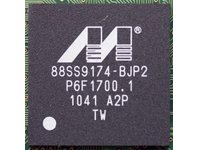
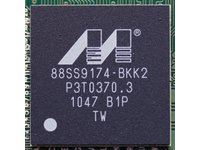
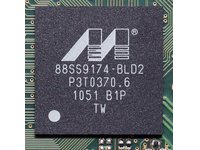
Micron has carried the massive 256 MB cache employed on the C300 over to the m4. Only the 64 GB models have 128 MB. The cache is used mostly for temporary functions, such as table mapping and write tracking. Whenever a write occurs, the controller performs a bit of cleanup to ensure there are enough clean blocks to prevent any performance slow-down, and when the drive sits idle, some garbage collection occurs. This functions independently of the OS, and it's a recipe that Micron believes best preserves performance.
Get Tom's Hardware's best news and in-depth reviews, straight to your inbox.
We are still waiting on pricing information for the m4. We are told that the new drives won't be as expensive as the C300's launch prices, but that's fairly vague. The C300 hit the scene with a suggested price of $149.99 (64 GB model), $299.99 (128 GB model), and $599.99 (256 GB model). At close to $2.50 per gigabyte, it was a fair deal, but nothing we would get excited over. Today, the C300 hits close to $2 per gigabyte, and we are hoping the m4 introduces further drops to the C300's price.
Current page: Meet Crucial's m4, Micron's RealSSD C400
Prev Page Meet Intel's SSD 320, The Postville Refresh Next Page Cost Of More Space, m4's Over-Provisioning-
Could you expand on the Full Disk Encryption capabilities of the Intel 320?Reply
If you can actually use hardware FDE on that drive (rather than just secure erase), that's a winner for me. -
bto Why does the Intel 510 250GB appear to have two scores in crystalmark? (469.4 and 259.7) on the top benchmark on page: "Benchmark Results: CrystalDiskMark Streaming Performance" the specs are identical for both.Reply -
poppasmurf Great lil tidbit, wonder what the difference will be between other SSD's with different interface connections other than physical appearance and the interface connection. More on the lines of pro's and con's between the SSD interface connections I'm referring to the OCZ PCI-e drives vs. SATA 6GB just a thought to stir up the hoop la of ssd's :PReply -
JohnnyLucky I am beginning to wonder if we haven't reached the point where the human eye and brain are finding it harder to differentiate performance among ssd's. Some mainstream benchmarks seem to suggest that. Some of the benchmarks in this review seem to indicate the same. There are some very tight groupings.Reply -
henryvalz At the speed points that SSDs are functioning, I'm beginning to think that durability and reliability might be the best basis for decision. I would also really like to see some boot times from Windows 7, or loading time for games.Reply -
kev_stev Does anyone know when the vertex 3 and M4 are going to actually be available? I have heard rumors that the vertex 3 will be released "any day now" since mid march...Reply -
iamtheking123 I'll go SSD in my next build, probably in a year and a half. Right now I'm satisfied with Raid 0-ed 1TB Caviar Blacks.Reply
